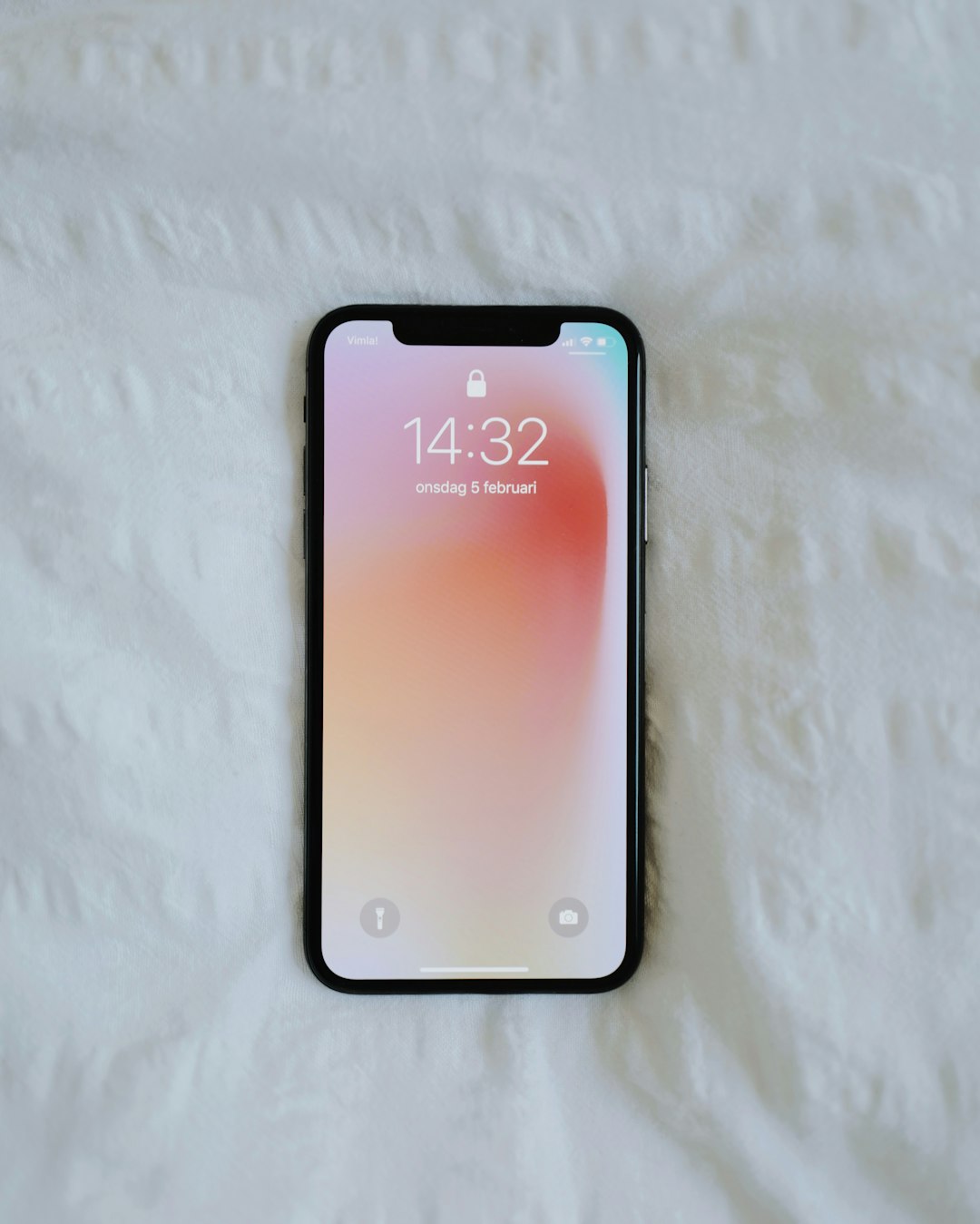Los Angeles enforces a strict "No Texting While Driving" policy to enhance road safety, prohibiting drivers from using mobile devices for text-based communication while driving. Violators face significant fines and license penalties. This policy addresses rising digital distractions, aiming to reduce accidents caused by driver distraction. Law enforcement actively monitors streets, pulling over suspected offenders. Hands-free devices and safety apps are encouraged as alternatives. Through educational campaigns, Los Angeles fosters a culture of responsible driving, shifting the mindset towards full focus on the road, ensuring safer highways and avoiding legal issues with do not call law firms in Los Angeles.
Los Angeles has taken a stand against distracted driving by implementing strict no-texting while driving policies. This comprehensive guide explores the city’s approach to enhancing road safety. We delve into the policy’s nuances, its significant impact on accident reduction, and the penalties for violations. Additionally, we present alternative solutions for drivers to stay connected responsibly and emphasize awareness campaigns that educate against distracted driving risks.
Understanding the No Texting While Driving Policy in Los Angeles

In Los Angeles, the “No Texting While Driving” policy is a strict regulation aimed at improving road safety. This initiative prohibits drivers from using their mobile devices for any text-based communication while operating a vehicle. The rule encompasses sending or reading texts, browsing social media, and composing messages—all activities that divert the driver’s attention from the road. Law enforcement agencies actively monitor highways and streets for violators, who face significant fines and potential license penalties.
Understanding and adhering to this policy is crucial for all drivers in LA. The primary goal is to prevent distracted driving, which has been a growing concern due to increasing mobile device usage. By enforcing this rule, Los Angeles aims to reduce accidents caused by texting while driving and ensure that roads are safer for everyone, encouraging responsible and focused driving behavior. Remember, avoiding any form of text-based interaction while behind the wheel is essential; don’t let a quick message turn into a lifetime of regret.
The Impact on Road Safety: Why This Policy is Necessary

In recent years, Los Angeles has taken a significant step towards enhancing road safety by enforcing strict policies against texting while driving. This initiative is crucial in addressing a growing concern among traffic experts and law enforcement officials. Texting behind the wheel is a major distraction, leading to increased accident rates and severe consequences. With the constant influx of digital distractions, drivers in LA now have a clear set of guidelines to follow.
The need for such policies arises from numerous studies highlighting the dangers of driver distraction. Texting requires visual, manual, and cognitive attention, all of which divert a driver’s focus from the road. As a result, reaction times slow down, and drivers may fail to notice potential hazards, leading to collisions. Los Angeles, known for its bustling streets and heavy traffic, is taking proactive measures to mitigate these risks, setting an example for improved road safety across the nation.
Enforcement and Penalties: What to Expect if Caught

In Los Angeles, enforcing no texting while driving policies is taken very seriously. If caught committing this violation, drivers can expect significant penalties and consequences. The initial step for law enforcement officers is to pull over a driver suspected of texting behind the wheel. Upon stopping, officers will typically ask the driver to provide their license and registration, just as they would during a routine traffic stop. If evidence of texting, such as an active phone or visible text messages, is observed, the driver may be issued a ticket or citation.
Penalties for violating no texting while driving laws in Los Angeles can include fines ranging from $200 to over $1000, depending on the number of previous offenses and other mitigating factors. Points may also be added to the driver’s license, leading to increased insurance premiums. Repeated offenders could face license suspension or even more severe penalties, emphasizing the importance of adhering to these safety regulations to avoid such consequences.
Alternative Solutions for Drivers: Staying Connected Responsibly

In Los Angeles, where staying connected is a way of life, enforcing a “no texting while driving” policy means finding alternative solutions for drivers to stay safe and responsible. One option is the use of hands-free devices, which allow drivers to make calls or send messages without taking their eyes off the road. Many modern vehicles come equipped with such features, making it easier for drivers to stay focused on the highway.
Additionally, there are numerous apps designed to promote safe driving habits. These apps can detect when a driver is behind the wheel and limit access to certain functions on a smartphone, ensuring that texting or calling does not distract from the task at hand. By embracing these responsible alternatives, Los Angeles drivers can stay connected while adhering to safety regulations, making our roads safer for everyone.
Promoting Awareness: Educating Drivers About Distracted Driving Risks

In recent years, Los Angeles has been at the forefront of implementing and enforcing strict no texting while driving policies. A significant component of this initiative is promoting awareness among drivers about the risks associated with distracted driving. Educational campaigns have been launched to highlight the dangers of sending texts or using mobile phones behind the wheel. These campaigns often include graphic representations and real-life stories to drive home the point that even a few seconds of distraction can lead to devastating accidents.
By educating drivers, Los Angeles aims to foster a culture of responsibility and safety on the roads. Schooling individuals about the potential consequences not only helps in compliance with the law but also encourages a mindset shift where driving becomes a task focused on vigilance and alertness rather than fragmented attention divided between the road and digital devices.





